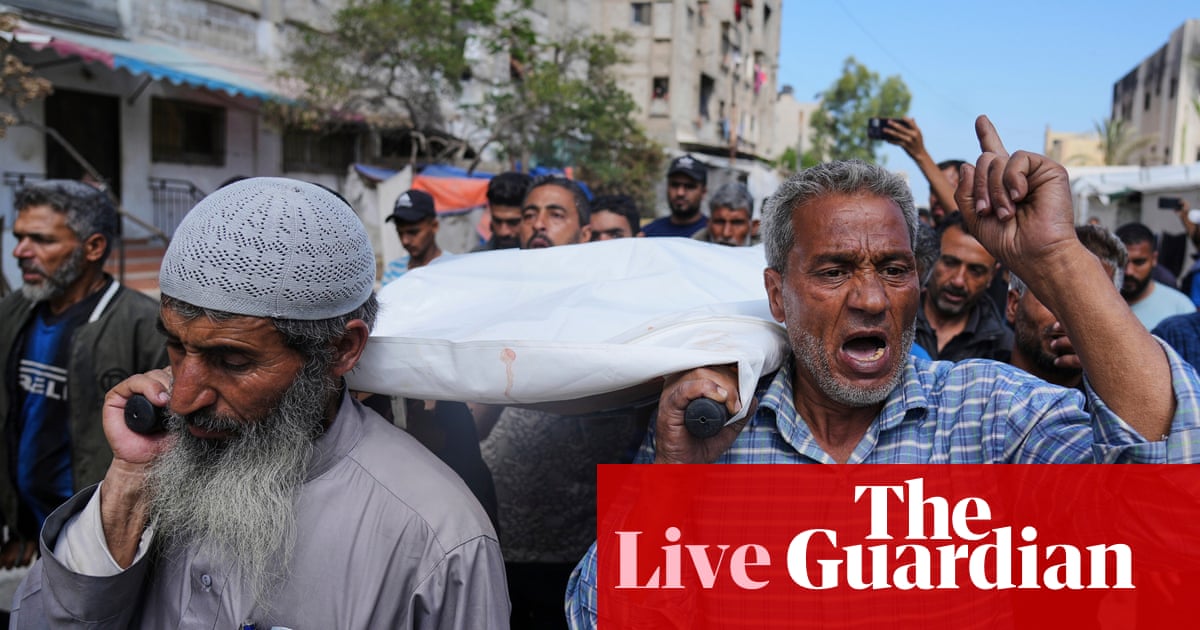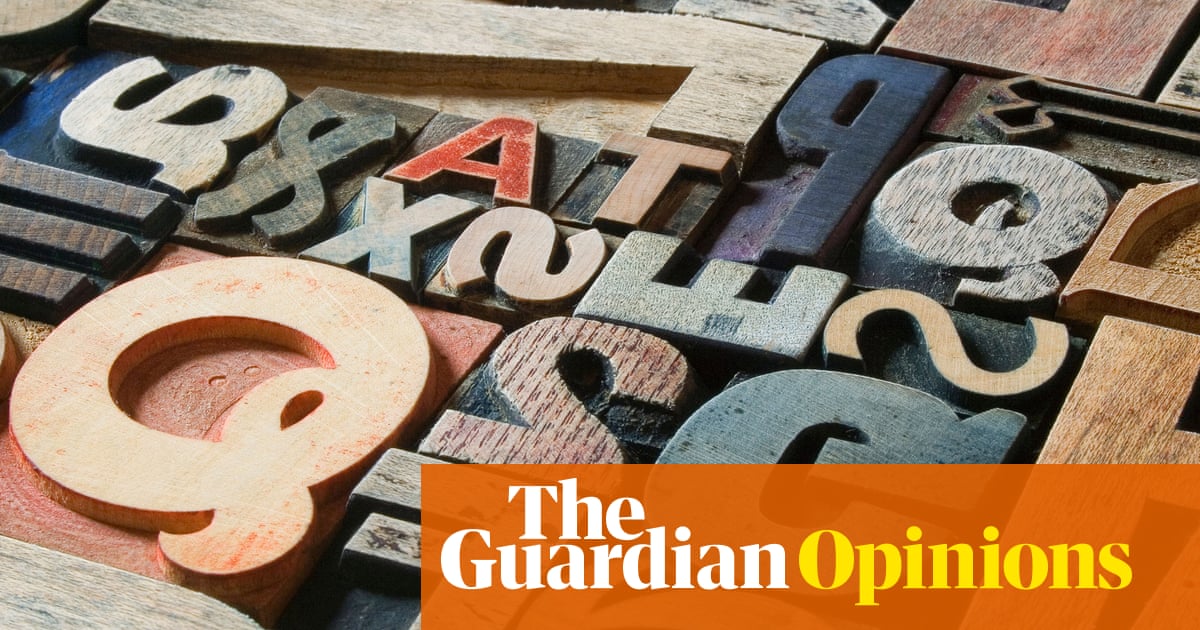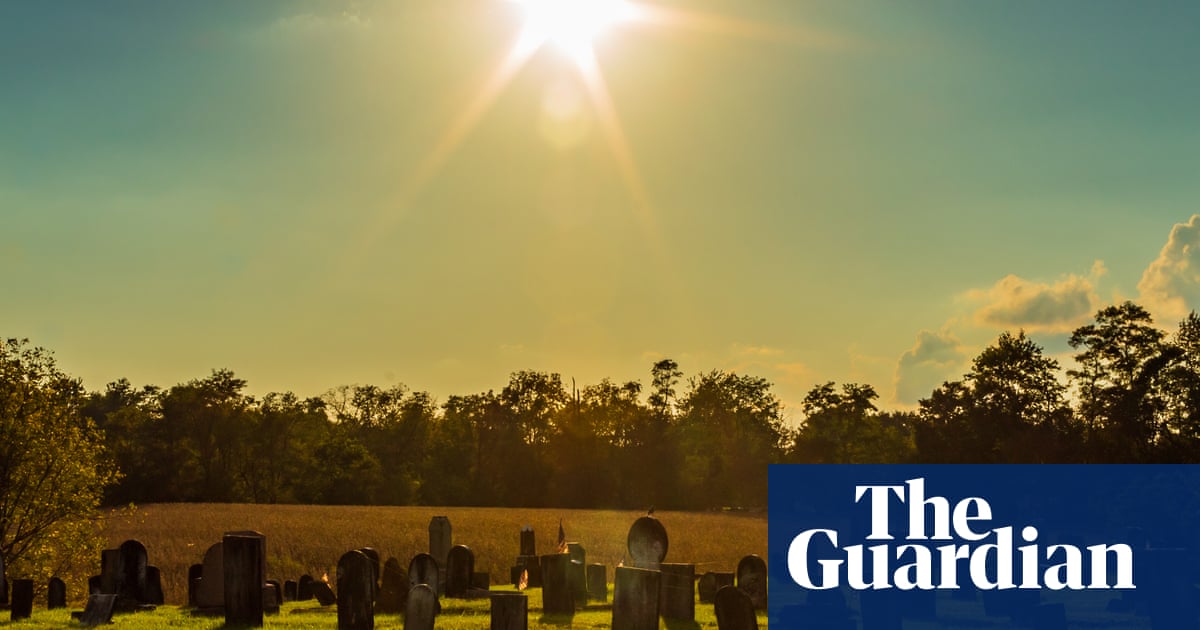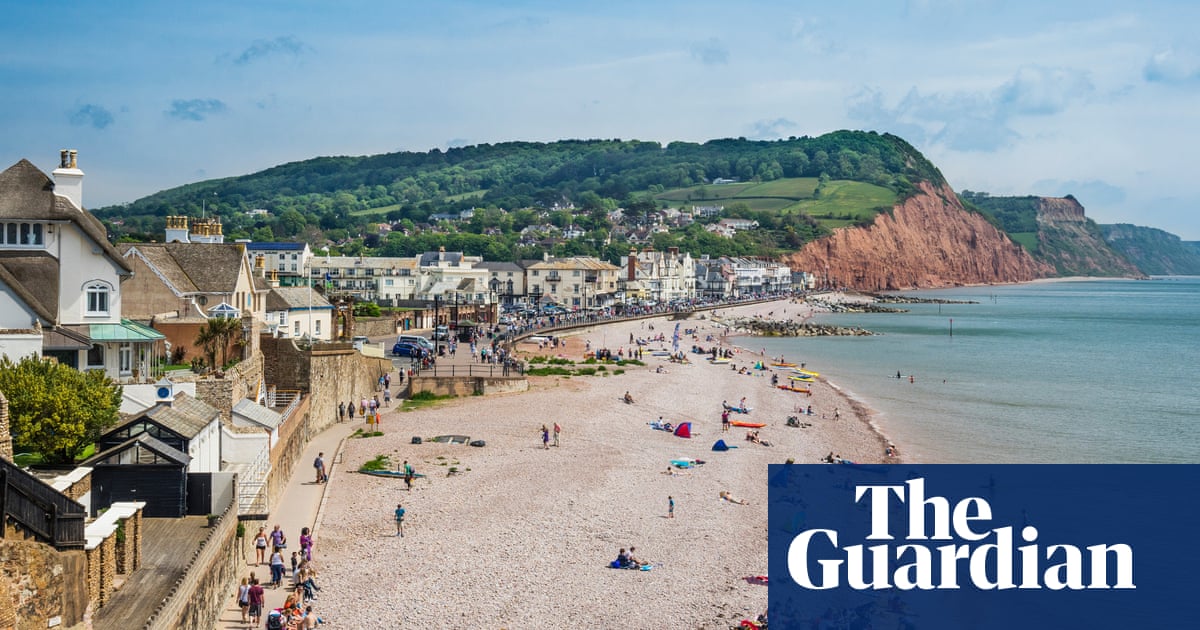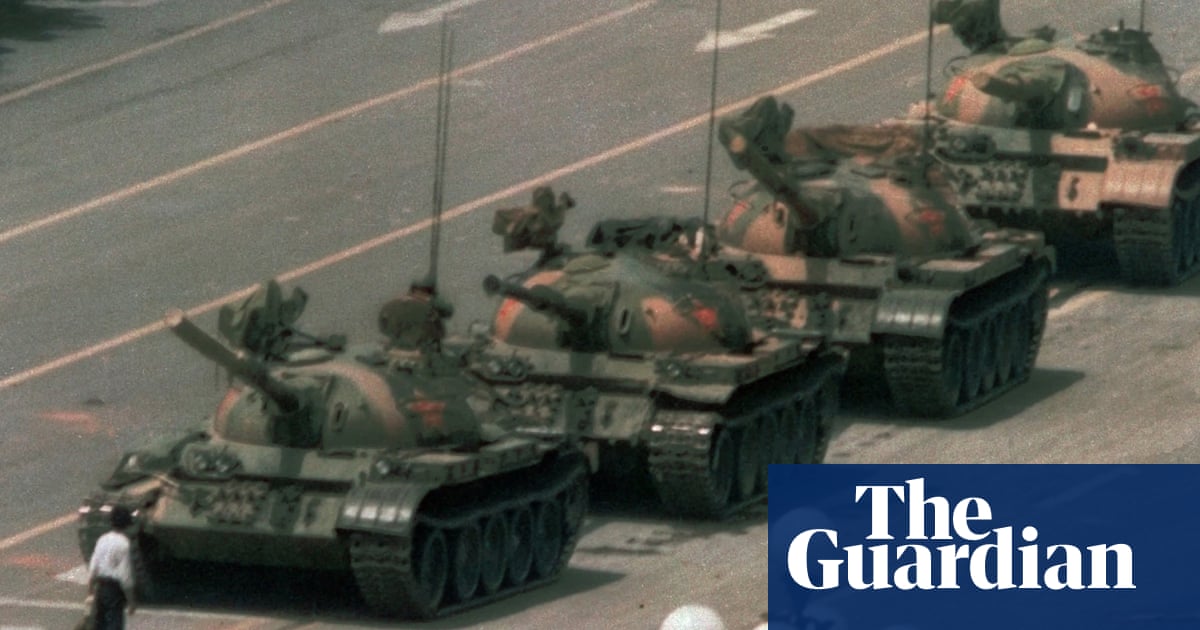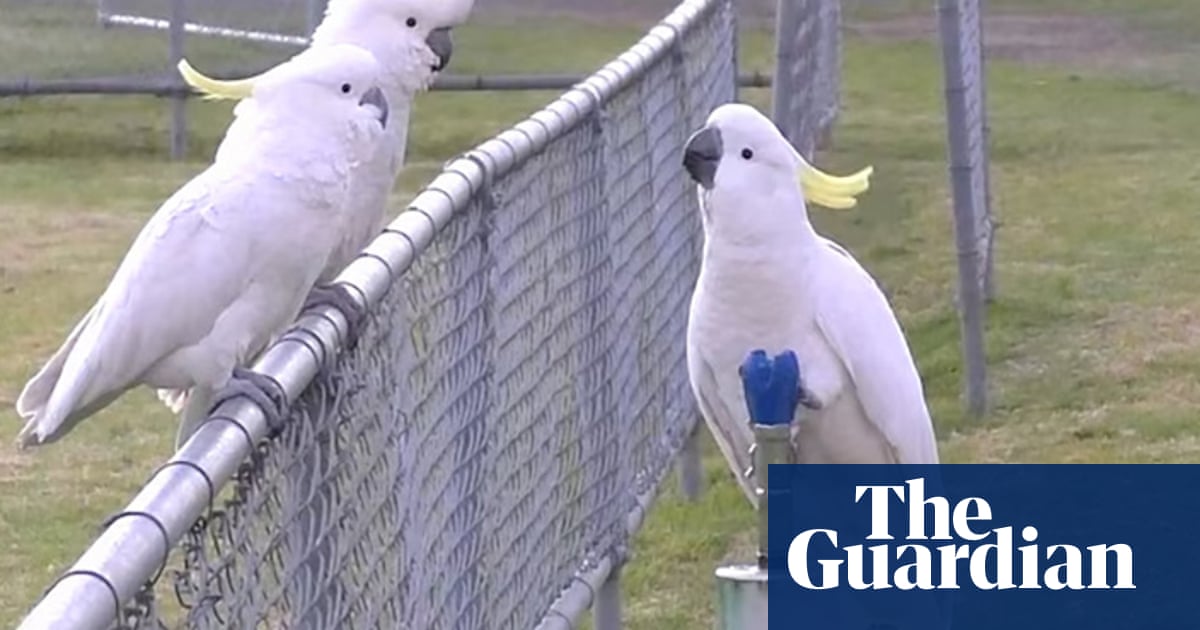Since 2022, the Guardian photographer Alessio Mamo has been tracking the impact of Russia’s war in Ukraine. The Kremlin’s full-scale invasion, which began three years ago on Monday, caused millions of Ukrainians to flee. Cities have been flattened, villages occupied and lives destroyed. At least 46,000 Ukrainian soldiers have been killed and many more injured in Europe’s biggest conflict since the second world war.

-
Aerial view of craters caused by rocket fire in a field in the liberated area between Kharkiv and Donetsk regions. Ammunition and missile residues in these craters may become a source of chemical pollution that could reach the groundwater
As well as intense human suffering, Russia’s attack has had a catastrophic effect on the environment. According to the World Wildlife Fund (WWF), more than 3m hectares of forest have been affected, including 1m hectares in protected areas. Russian troops have dug trenches, felled trees and planted countless mines. Fires caused by shells have increased CO2 emissions. Giant clouds of smoke can be seen billowing next to a 600-mile-long frontline.

-
Forest fires in eastern Ukraine caused by Russian bombs. Several giant clouds were visible above the tree line
Some of this destruction is accidental. But there have also been extraordinary acts of large-scale Russian sabotage. In June 2023 the Russian military blew up the Kakhovka reservoir to thwart a Ukrainian counter-offensive. The explosion released more than 14 cubic kilometres (14tn litres) of water, flooded dozens of settlements downstream and killed at least 35 people. Ukraine’s president, Volodymyr Zelenskyy, said it was a “deliberate and calculated crime”.
The flood killed animals and swept away a fish farm that was trying to restore endangered sturgeon to the Dnipro River. Unique species were lost. In August 2024 there was another ecological disaster when suspected Russian soldiers dumped chemicals from the Russian border village of Tyotkino into the Seym River. The pollution crossed the international border nearby and made its way into Ukraine’s north-eastern Sumy region. The Seym’s ecosystem crashed.




-
(Clockwise from top left) The Zaporizhzhia nuclear power plant seen from Nikopol across the now much-reduced Kakhovka reservoir; a dead pike washed up on the banks of the Desna near the village of Slabyn; Khortytsia island near the city of Zaporizhzhia, where the water level fell dramatically after Russians blew up the dam downstream; millions of molluscs have died because of pollution in the Seym and Desna
Fish, molluscs and crayfish were asphyxiated as oxygen levels fell to zero. Settlements along the river reported mass die-offs. A rare sub-population of sterlet was wiped out. On assignment for the Guardian, Mamo, who has been working as a photographer since 2008, photographed dead fish washed up on the picturesque banks of the Desna River, which connects to the Seym. As one local official put it, the Desna became Europe’s first completely dead river.

-
Tymofii Kharchenko, a veterinarian and volunteer for the evacuation of the animals, at Feldman ecopark in Kharkiv. He helps direct high-risk rescues amid the debris of Russian missiles
Mamo began his photojournalism career focusing on contemporary social, political and economic issues. He covered refugees and displacement, starting in his native Sicily, and travelled to the Middle East and the Balkans. Over the past three years he has made regular trips to Ukraine, often visiting the frontline in the east, documenting the lives of soldiers and civilians living under constant Russian fire. He recently photographed a military funeral under a grey and drizzly sky.

-
Trenches in Ukraine’s north-east Sumy region. They are part of new defences built to stop another Russian attack
“War is an extreme example of the violence humans impose on nature,” said Mamo, a two-time World Press Photo winner. “For decades were have subjected our environment to stress.” One of Mamo’s first photographic projects was to record extreme drought in Sicily caused by climate change, leading to desertification. He likens negative human actions to “wounds, scars and amputations” carried on the body for life.

-
A former prisoner turned soldier on a training exercise in a sunflower field in southern Ukraine. Sunflower fields have been directly affected by artillery, bombings and military operations. The conflict has damaged crops, machinery and infrastructure, including irrigation systems. Fields have been abandoned and many farmers have had to flee or enlist in the military
Ukrainians agree that the damage caused by Russia to the environment cannot be easily fixed. Dr Bohdan Vykhor, the executive director of WWF Ukraine, said: “We have lost some parts of nature for ever. It’s impossible to return. It’s objective reality, unfortunately.” Vykhor said it would take many decades and “tremendous effort” to de-mine Ukraine, one of the most densely mined countries in the world. “Until fighting stops, we can’t begin. It’s dangerous,” he said.

-
A cemetery of Russian rockets in Kharkiv
The war has destroyed many important habitats for wildlife. Several rare species have suffered, including the red-listed marbled polecat. The Kakhovka flood washed away its breeding areas, Vykhor said, adding: “We can’t say if these creatures still exist in Ukraine.” Meanwhile, Russian soldiers have built military camps on coastal reserves and crucial wetlands used by birds along the Black Sea. The elusive black stork has changed its spring migration route, Vykhor said.
There is some good news. In July 2024, Mamo photographed a forest that had sprung up in the Soviet-era Kakhovka reservoir after its vast supplies of water had been released by the dam explosion. A local ecologist, Vadym Maniuk, took Mamo to the site. He said the new canopy of willow and poplar trees covered an area of 140,000 hectares and looked similar to the primordial forest of 100,000 years ago, at the end of the last ice age. There are numerous bogs and fresh streams.

-
First grass growing in a forest outside Motyzhyn, Kyiv region, where line of Grad rocket launchers, tanks and other weaponry were found
The vista is a shimmering green. In the absence of humans, animals, birds and insects have taken up residence. A cuckoo and swallows flew above the tree line when Mamo visited. Under the leaves it is pleasantly cool. The branches are so dense that Russian troops cannot enter. “What happened here is a miracle,” Maniuk said. “Some of the saplings are already 4 metres tall. There is nowhere else like this on the planet. Not even the Amazon comes close. In 50 years this will be a magical forest.”

 3 months ago
53
3 months ago
53
